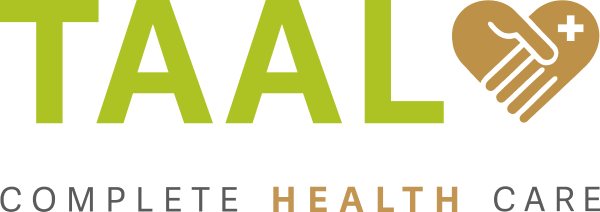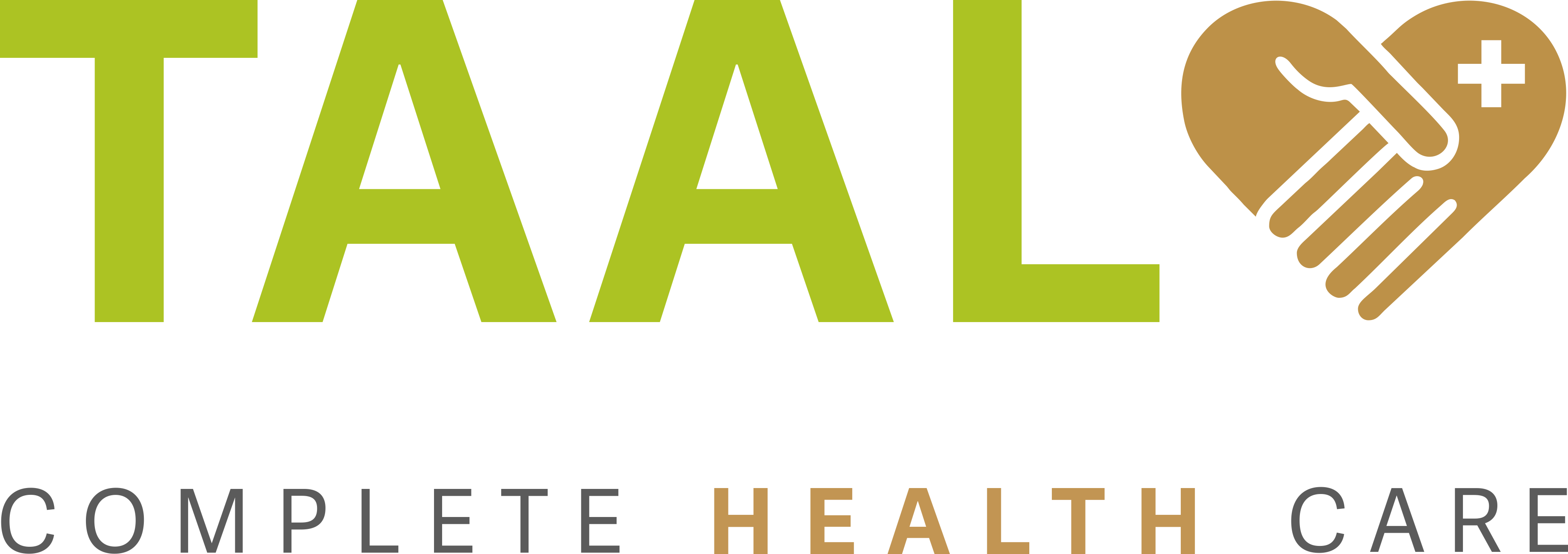In communities across the world, including India, children and adolescents living with HIV (CLHIV and ALHIV) face unique challenges that require understanding and support. Creating inclusive, supportive environments is essential to help these young individuals grow and thrive. Schools, families, and healthcare providers play a critical role in fostering awareness, providing resources, and breaking down the stigma surrounding HIV in children.
Recognizing HIV in Children and Adolescents
The signs of HIV in children can vary. Early HIV symptoms in children often include recurrent infections, delayed growth, and persistent fever, which can sometimes make diagnosis challenging. Recognizing these signs early can ensure that HIV-affected children in India and around the world receive timely medical care, significantly improving their quality of life.
Age-Specific Challenges for HIV-Affected Children and Adolescents
The needs of children and adolescents with HIV differ depending on their age and developmental stage. Age-specific support can make a significant difference in their growth, mental well-being, and social experiences.
- Early Childhood (0-5 years): In these formative years, children living with HIV often need medical attention to support immune system health and development. Caregivers face challenges in managing medications and frequent healthcare visits. Early childhood also brings the emotional burden of stigma for families, as fear of disclosure can lead to social isolation. The prevention of HIV transmission from mother to child is critical, and parents need awareness about available treatment options.
- School Age (6-12 years): School-aged children start engaging more with their peers and developing a sense of identity. They might begin to question why they take medication or attend frequent medical visits. Educators and family members should provide age-appropriate explanations to support these children emotionally and socially. Schools can play a proactive role by maintaining confidentiality and educating staff on inclusive policies. This stage is also crucial for ensuring that children understand safe practices, laying the groundwork for HIV prevention education.
- Adolescence (13-18 years): Adolescence brings added emotional and social challenges, as well as the need for increased independence. ALHIV may face self-esteem issues, fear rejection, and feel pressured to keep their HIV status a secret. They also start taking more responsibility for their own health, which includes adhering to medication regimens and understanding the importance of HIV Aids prevention and treatment. Social stigma and misinformation can complicate friendships and dating relationships, making a strong support network essential.
Precautions Against Mother-to-Child Transmission of HIV
Elimination of Mother-to-child transmission (EMTCT) of HIV remains a significant concern, but it is preventable with the right interventions and support. The commitment to eliminating MTCT (EMTCT) is essential in protecting the health of infants and ensuring that children grow up HIV-free. Here are key precautions and strategies to prevent MTCT:
- Early HIV Testing and Diagnosis: Pregnant women should undergo HIV testing as part of routine prenatal care. Early diagnosis allows for timely intervention, which is critical in preventing transmission during pregnancy, labor, and breastfeeding.
- Antiretroviral Therapy (ART): For HIV-positive pregnant women, initiating and adhering to ART significantly reduces the viral load in the mother, lowering the risk of transmitting the virus to the baby. ART should ideally start as early as possible in pregnancy and continue throughout breastfeeding.
- Safe Delivery Practices: Healthcare providers can employ safer delivery practices for HIV-positive mothers, including cesarean sections when necessary, to minimize the risk of transmission during childbirth.
- Infant Post-Exposure Prophylaxis: Newborns of HIV-positive mothers should receive antiretroviral prophylaxis within 72 hours of birth to further reduce the risk of infection.
- Breastfeeding Support: While breastfeeding poses a risk of HIV transmission, HIV-positive mothers on effective ART can safely breastfeed their infants. Healthcare providers should guide mothers on safe breastfeeding practices and monitor both mother and child closely.
- Routine Pediatric Care: Infants born to HIV-positive mothers should be regularly tested for HIV and monitored for any health issues. Early intervention is vital for managing any complications and ensuring the overall health of the child.
- Community Education and Support: Raising awareness about EMTCT and providing education to pregnant women, families, and healthcare providers is crucial. Community support programs can help mothers access testing and treatment, fostering an environment that prioritizes the health of both mothers and children.
By focusing on these precautions, communities can make significant strides towards eliminating mother-to-child transmission of HIV. Comprehensive support systems that include healthcare access, education, and community engagement are vital for protecting the next generation and improving outcomes for children and adolescents living with HIV.
Breaking Down Stigma and Building Empathy in Schools and Families
One of the biggest challenges facing HIV-affected children in India is social stigma. Many misconceptions about HIV persist, leading to discrimination and isolation for CLHIV and ALHIV. Educating schools and families is critical to dispel myths and foster understanding. When communities learn that HIV does not spread through casual contact and that children with HIV can participate safely in regular school activities, it can help build supportive, accepting environments.
Awareness programs that involve students, teachers, and parents can go a long way in reducing stigma. Schools can partner with local healthcare providers to offer workshops on HIV prevention and control, creating a community-wide understanding that promotes empathy and support.
HIV Treatment in India: Options and Accessibility
Advances in HIV treatment mean that children and adolescents can lead healthier, more fulfilling lives with proper medical care. The latest HIV treatment options, including antiretroviral therapy (ART), have become more accessible, though the HIV treatment cost can still be a concern for some families. In India, government-supported healthcare initiatives aim to provide ART at no cost to those affected, helping alleviate the financial burden for families.
Educating families about available resources and ensuring adherence to treatment regimens is crucial for managing the health and well-being of children and adolescents with HIV. Consistent treatment not only supports physical health but also reduces the risk of transmitting HIV to others.
Creating Safe and Supportive Spaces for CLHIV and ALHIV
Creating safe spaces for CLHIV and ALHIV means ensuring they feel accepted, respected, and valued. Schools and families must work together to build these environments, beginning with education and understanding. Supportive schools might implement policies to protect the privacy of HIV-positive students, and teachers can undergo sensitivity training to foster a welcoming atmosphere for all students, regardless of health status.
Families play an equally important role by providing a stable and loving environment. By understanding HIV and its impact, caregivers can help their children navigate challenges with resilience and optimism.
Raising Awareness to Foster Change
Awareness programs are essential to building supportive communities that help children and adolescents with HIV thrive. Events, workshops, and seminars can bring schools, families, and communities together to understand the needs of HIV-affected children in India and provide them with the necessary support.
Schools can engage with healthcare providers to offer information sessions on HIV Aids prevention and treatment that focus on empathy, respect, and support for CLHIV and ALHIV.
Practical Steps for Schools and Families
Here are a few ways that schools and families can provide tangible support for CLHIV and ALHIV:
- Educate and Inform: Teachers, administrators, and parents should be informed about HIV and its medical and social aspects.
- Promote Confidentiality: Schools should have policies to protect the privacy of students’ HIV status, sharing information only when absolutely necessary and with proper consent.
- Encourage Health Check-Ups: CLHIV and ALHIV should attend regular health check-ups and adhere to prescribed treatments to support overall well-being.
- Build Open Communication: Foster an open dialogue about health and HIV within families and school communities, addressing questions and concerns in a supportive manner.
- Partner with Healthcare Providers: Schools can work with healthcare providers to offer resources and counselling for CLHIV and ALHIV and their families.
Making a Difference Together
With the right education and support, schools, families, and communities can make a meaningful difference in the lives of children and adolescents living with HIV. By building understanding and fostering a culture of inclusion, we can create environments that empower CLHIV and ALHIV to thrive, helping them build healthy, hopeful futures. Working together, we can create a brighter, more supportive world for all HIV-affected children and adolescents in India and beyond.
This blog article shares general information on various topics. It is not a substitute for professional advice and is intended for informational and educational purposes only.
Please use individual discretion and judgment when applying any suggestions from the blog.




